Secrets of the Tashkent metro: Things not many people know about Tashkent underground (video)
Does the metro pays off its costs? Is the metro a bomb shelter? Whose voice we hear every time we take the train? What happens to passengers if they fall on train tracks?
We received answers to these and other questions from employees of the subway, which is not only public transport, but also the cultural heritage of Uzbekistan.
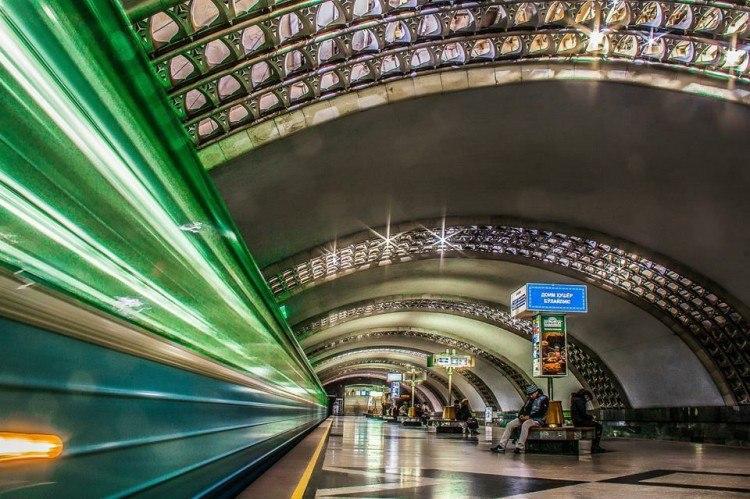
The first question that we asked the metro employee Rustam Pulatov was about train timetables.

We often see how subway trains arrive at a strictly defined time. Does this mean that they have a set timetable?
Indeed. And different schedules are applied in the winter and summer seasons. Schedules vary depending on the sunrise and sunset time in different months of the year.
At rush hours, that is, from 7 a.m. to 9 a.m. and from 5 p.m. to 7 p.m., trains operate with an interval of 4 minutes on the Chilanzar line, with an interval of 5 minutes on the Uzbekistan line, and 7 minutes – on the Yunusabad line, said Pulatov.
The average monthly energy consumption costs 2 billion soums.
Earlier, for some period of time, advertisements completely disappeared from the Tashkent metro, after some time they appeared again, but despite this, the metro employee says that the subway does not pay off, whether advertisements are posted there or not.
“The main task of the subway is to serve people. As you know, the main source of energy in the subway is electricity. The estimated energy consumption of the Tashkent metro is about 2 billion soums per month,” Pulatov said.
The location of the underground bomb shelter is a state secret
The subway is a strategic target in many countries of the world, as it is a bomb shelter in case of emergency. The answer to our question about whether there are special isolated rooms in the Tashkent metro was as follows:
“You have correctly noticed that our subway is indeed a strategic infrastructure object, but further information about this is a state secret.”
Contact rail
They say that direct current runs along the rail, how true is that? And what should a person accidentally fall onto the rails do?
Standing at the platform, passengers see two rails, but no direct current passes through them. We have special “contact rail”, our trains are powered by it. There were cases when passengers accidentally fall on the rails. In such cases, the duty officer immediately reports this to the dispatcher, and the line is disconnected from the power supply. After that, the officer will pull the passenger from the rails onto the platform, according to the instructions, Pulatov answered.
Groundwater on the Yunusabad Line
At some stations of the Yunusabad line, people can often see how water flows from the ceiling. Is it groundwater? If so, what are the potential risks?
Many people ask this question. The Yunusabad metro line is associated with groundwater - this is widely known. And it is known that water always tends to go down, and, as a result, you can see how it flows at some stations, but this pose no danger to passengers and the subway. We know that there are no rivers or lakes near Tashkent, therefore only because of the underground waters such cases occur, Pulatov assured.
Having received answers to all the basic questions, we decided to talk with the metropolitan drivers Aziz Rakhmatov and Odiljon Rustamov. First, we interviewed Rakhmatov.
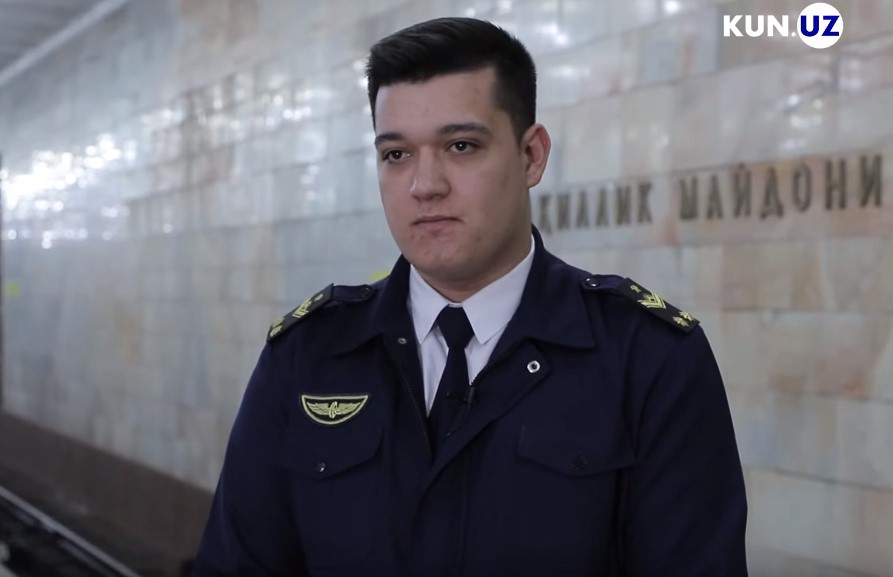
Can you talk about the usual working schedule of the driver?
The working schedule of the driver varies from 6 to 8 hours. There is a break for about an hour. At the electric depot there are lounges for drivers, where they rest after a shift.
Does working in dimly lit tunnels affect light sensitivity?
It is not very noticeable; you can get used to it.
Do the microphones inside the cars work?
Radio communication on rolling stock is working properly. We check it twice a day during sludge when inspecting rolling stock. It is designed so that passengers can contact the driver in the event of a malfunction of the rolling stock, detection of ownerless objects, as well as when there is a threat to the safety.
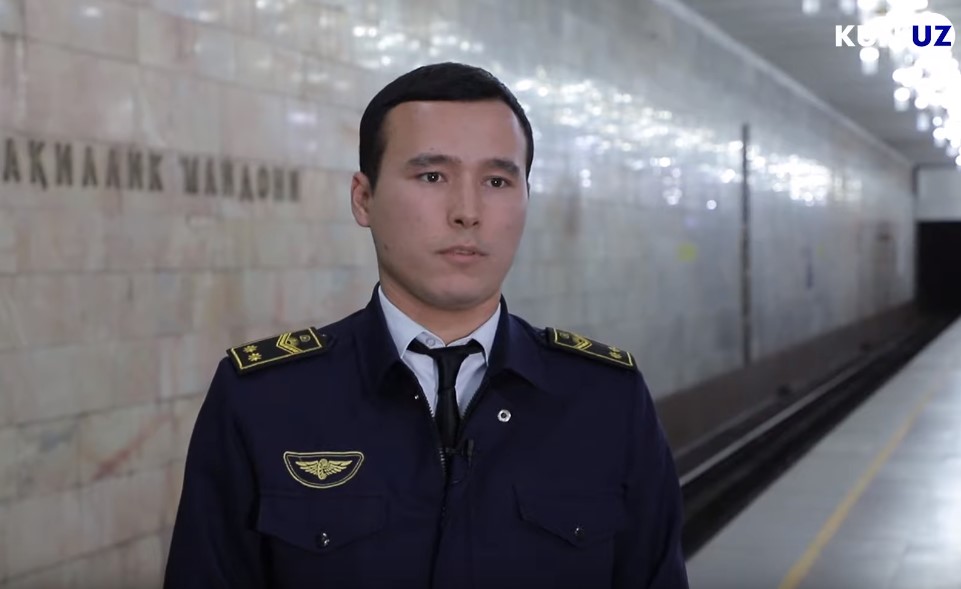
How exciting for the first time to manage a train with passengers?
This causes the driver great excitement and responsibility. Over the years, excitement disappears, but the responsibility remains the same, Odiljon Rustamov said.
How fast do trains move?
The maximum speed is 80km/h, and the average is 60km/h. In places where maintenance work is carried out, we reduce speed to 40km/h. Many people think that trains move faster, but, in fact, we are moving not exceeding the speed limit of 80 km/h.
Can the driver accidentally open the doors on the opposite side of the wagons where passengers usually lean?
Buttons that open the doors on the right and left side of the wagons are located in different places, so they cannot be mixed up, Rustamov said.
According to the drivers, in the structure of the subway there is an educational and methodological center for training personnel for various underground services, including train drivers. Theoretical training lasts seven months, after which train practice begins. Machinists are divided into four classes. Beginners are the first class. If the driver works without violations and negative comments, then over time he can pass exams to upgrade his class.
Whose voice we hear every time we take the train?
We also talked with Madina Khasanova, whose voice we hear every time we take the train on the Chilanzar metro line.
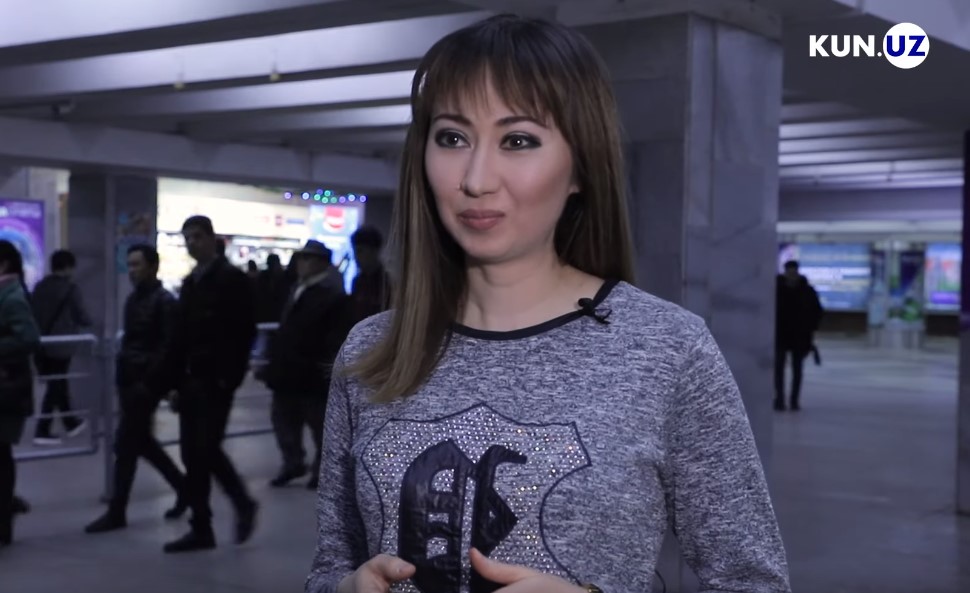
“In 2017, I became the winner of the competition and they have chosen my voice for the Chilanzar line of the subway. Voice recording took us 4 hours. At that time I worked as a teacher at the Institute of Art and Culture, and in my free time I voiced advertisements and documentaries. When I first heard my voice in the subway, I did not recognize it. Maybe this is due to the fact that in the subway cars the timbre of the voice changes. It was a great honor for me to have such an opportunity. I can’t say how much I earned for this work, but even if I was offered to do it for free, I wouldn’t refuse,” said Madina Khasanova.
It became known that the subway lines Uzbekistan and Yunusabad were voiced by another announcer Muslim Murodova, who works at the National Television and Radio Company (NTRK). For some reason, she was not able to participate in our program.
Related News
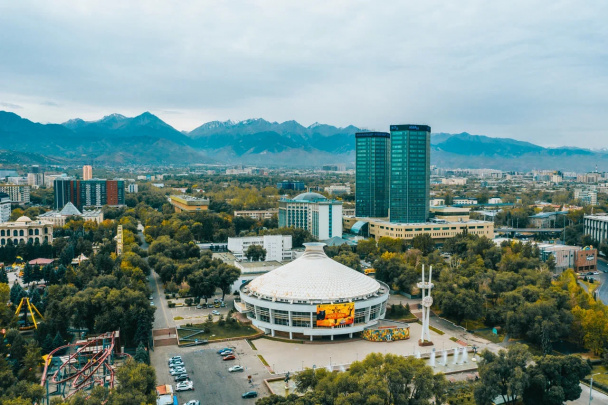
18:11 / 27.05.2025
Global Cities Index 2025: How Central Asian capitals compare
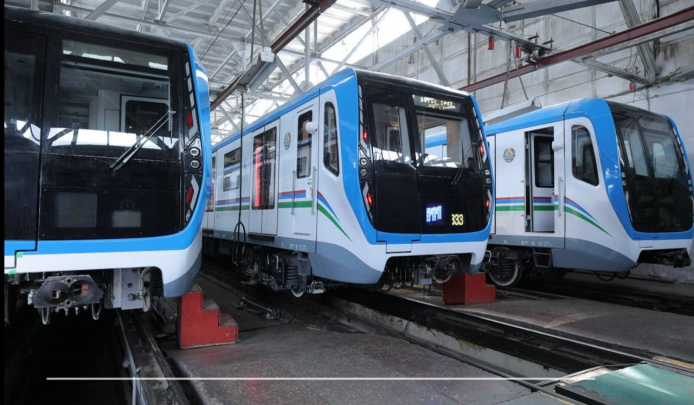
12:39 / 24.04.2025
Tashkent Metro to expand fleet with 56 new carriages by year-end
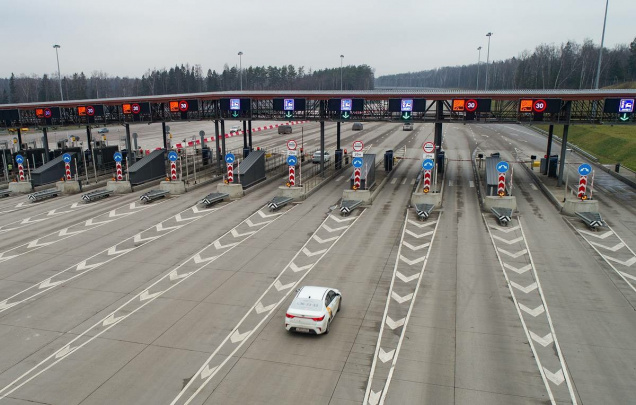
14:40 / 23.04.2025
Tender deadline for Tashkent–Andijan toll road extended to May 21
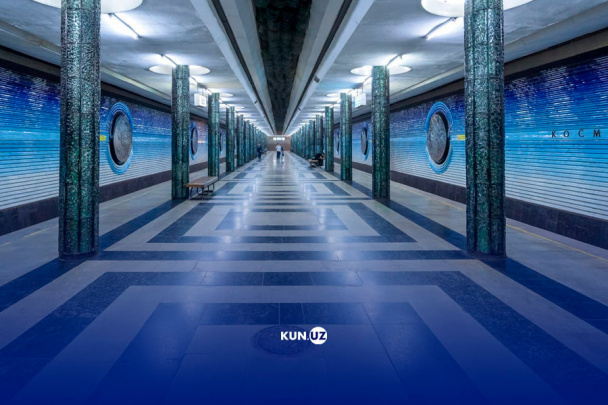
20:33 / 21.04.2025



